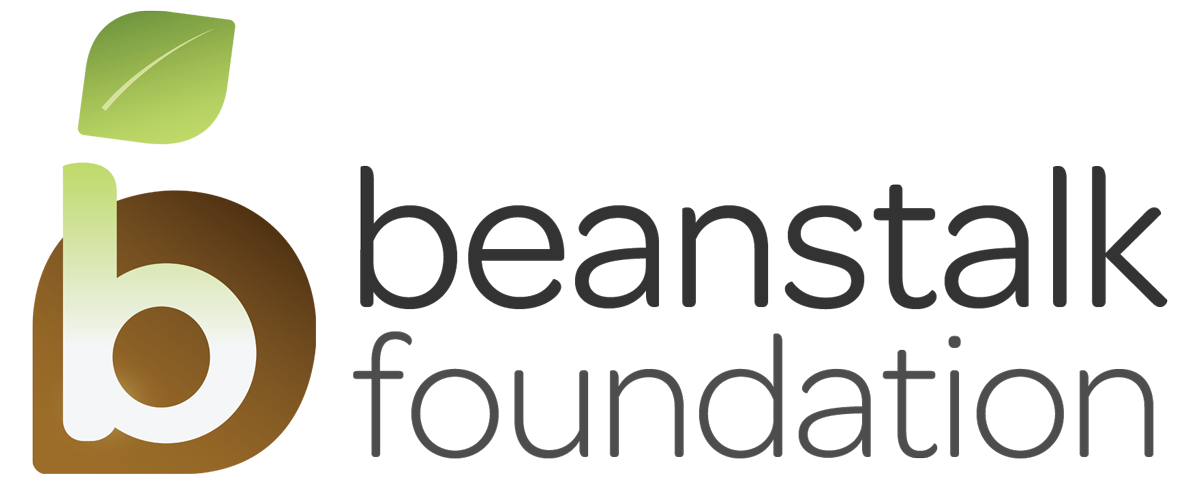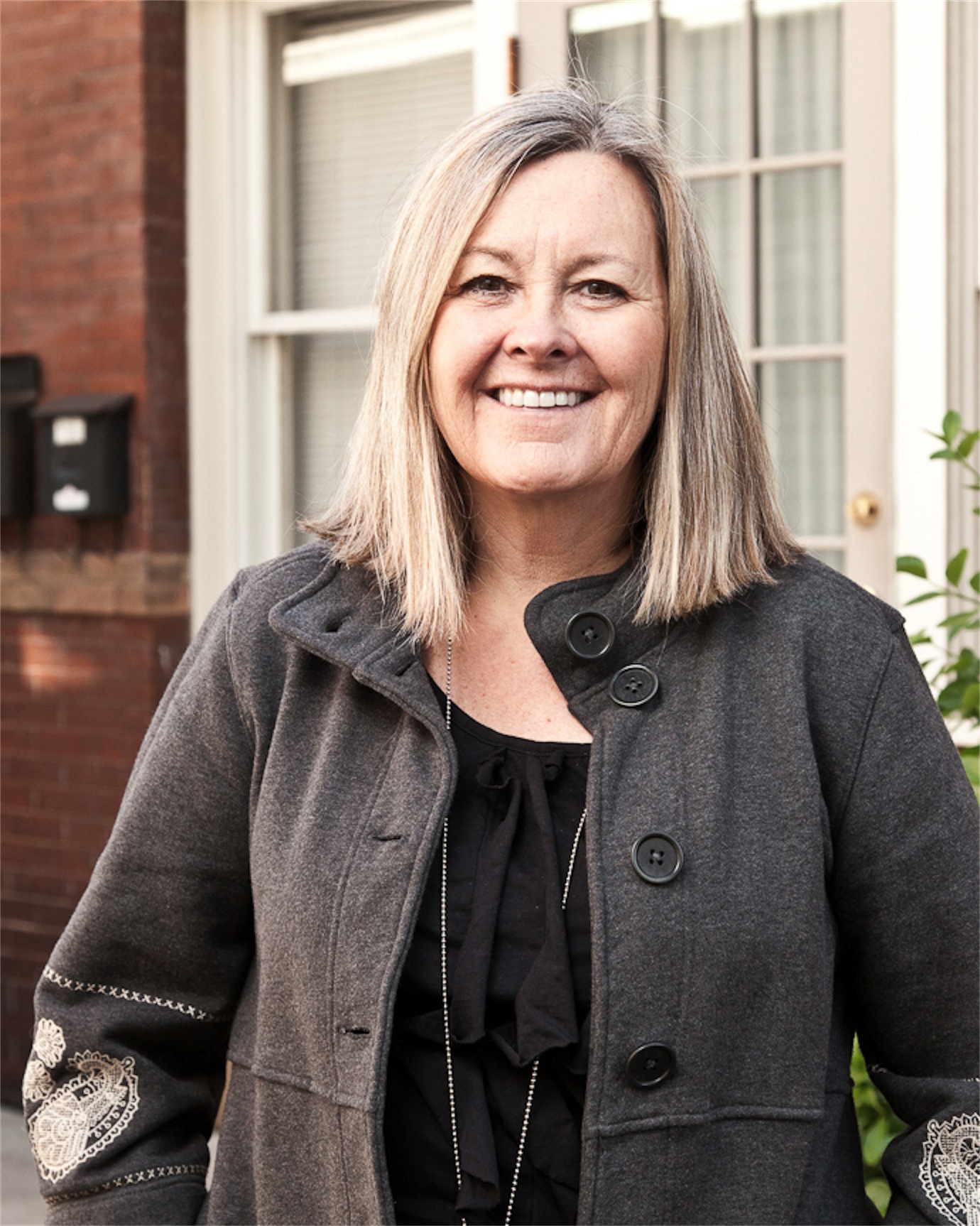Thinking Outside the... Classroom
Deb Deverell takes education out into the world.
Textbooks try really hard to convey history, or even the present, in a detailed and clear way that leaves the reader better informed than when they started. The problem is that the text can only tell one side of the story. Whether it was a battle, or a famine, or an entire culture, simply reading about it, no matter the depth of detail, isn’t enough. To really understand, any student, of any age, needs an real-life experience, where they literally see, hear, touch and smell (but probably not taste) the subject of their studies. That can be easier with math and science, or even with literature, because those courses have clear tangible evidence that is available just about every day. But what about history? Especially the history of cultures that have been marginalized, or nearly wiped out? We’d all agree that seeing the Great Pyramids, or touring the ruins of Rome, is more valuable than just looking at photographs of those places.
History is Alive
Deb Deverell understands that history is alive, no matter how old it is. That’s because Deb knows that history is made of people. She knows that each and every student, those she taught when she was a teacher and those she guides as Director of Vail Mountain’s lower school, is part of history too. Each child can, and will make history of their own, so it’s even more important that the kids understand their culture, their past and have the tools to succeed in the future. Learning, for Deb, isn’t one-size-fits-all. It’s something to customize, by listening, caring about, and working with students.
In the spring of 2005 students from Vail Mountain School and from the Isleta Elementary School at Isleta Pueblo in New Mexico happened to be at Crow Canyon at the same time. During that encounter Deb Deverell recognized that understanding culture isn’t an experience exclusive to the classroom and textbook. Interaction is the best way to experience culture, and it’s the best way for students to learn. So, Deb started with a simple plan: if kids from different cultural backgrounds were having a hard time grasping one another’s ways of life and that Pueblo and other Native American cultures are very much alive and a part of American life, she’d bring the experience to them. She helped one of Vail Mountain School’s fourth grade classes to start a pen pal program with Isleta Elementary School. Then the students met at Crow Canyon Archaeological Center, and while there, the kids linked up to learn about Pueblo Culture and to dig their hands into history. Instead of just reading about Native American culture and history in the abstract, the kids experienced one another and the ancestral villages. They walked, worked, and played on the same lands as did the ancestral Pueblo people. In 2008, Deb and Beanstalk came together to provide Crow Canyon program tuition for 42 students from Isleta Pueblo.
Learning by Doing
They stood together, not as different ethnic groups or as the subjects of American history books, but as young people. Deb and the Crow Canyon educators helped the kids visualize the past and broaden their present. What’s more, the students learned a valuable lesson about our inherent commonalities as people. By working together, children from Isleta and Vail found that they had a lot more in common than they originally thought. Those students learned more than history, they learned about themselves. All because Deb Deverell decided to think outside the classroom.
Awards and Honors
- 2012 Crow Canyon Honor Award

